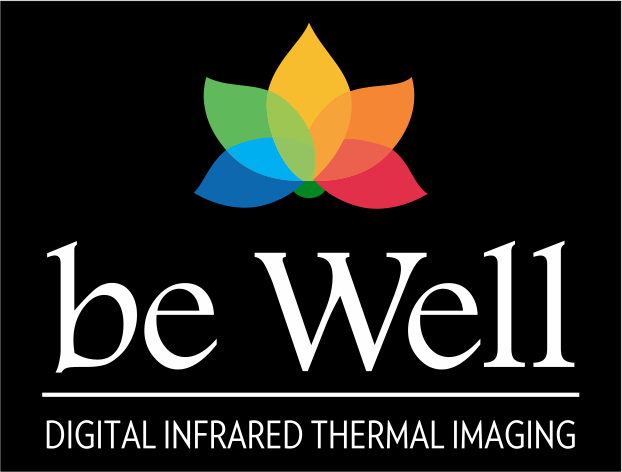Does thermal imaging hurt?
NO. Digital Infrared Thermal Imaging (DITI) is a non-invasive test. There is no contact with the body of any kind, no radiation and the procedure is painless. Learn more about preparation and what to expect at the exam here.
What are the benefits?
Thermography is a test of physiology that studies the functional aspect of the body. It can detect subtle changes related to inflammation, blood flow and nerve conduction safely and without the use of contact, dyes or radiation. It can be used in sports medicine, injury evaluation, rehabilitation, monitoring chronic disease and much more. Thermography is not a replacement for structural tests because it provides a different set of information, but it is an important adjunctive test that can help with diagnosis, clinical correlation and often, it can even help solve "mystery pain". In many cases, thermography can provide information that no other test can provide as efficiently or as affordably.
Thermographic screening of the breast offers the opportunity of earlier detection of breast disease than has been possible with breast self-examination, physician palpation, or mammography alone. DITI is a very sensitive and objective physiological test of abnormalities in the breast and as such is an extremely valuable and important adjunctive test with regard to early detection of breast pathology.
How is the imaging done?
DITI is performed using sophisticated medical infra-red cameras, a clinician simply captures infra-red images, or “thermograms” of the body or region of interest (ROI). The digitized images are stored on a computer and sent electronically to a central data-base where a physician, such as a Radiologist or Thermologist (thermal imaging specialist), can perform statistical analysis. Significant asymmetries can indicate a physiological abnormality. This may be pathological (a disease) or it might indicate an anatomical variant.
What happens after the imaging is done?
An encrypted report will be available for your electronic viewing/printing and/or a color report will be printed and mailed per your permission and instructions. These reports are designed for use by professionals, not for self-diagnosis. If you do not have a professional to go over the report with you please schedule a free post report consultation so that we can help you understand the results and provide you with referrals and resources. DITI detects the subtle physiologic changes that accompany pathology, whether it is cancer, fibrocystic disease, an infection or a vascular disease, then the physician can plan accordingly and lay out a careful clinical program to further diagnose and or MONITOR the patient until other standard testing becomes positive, thus allowing for the earliest possible treatment.
If a suspicious (positive) DITI breast examination is performed, the appropriate follow-up diagnostic and clinical testing can be ordered. This may include mammography and other imaging tests, clinical laboratory procedures, and nutritional and lifestyle evaluation.
Do I have to keep track of my baseline and/or annual thermograms?
No. All patients thermograms are kept on record in the EMI international database and form a baseline for all future routine evaluations.
